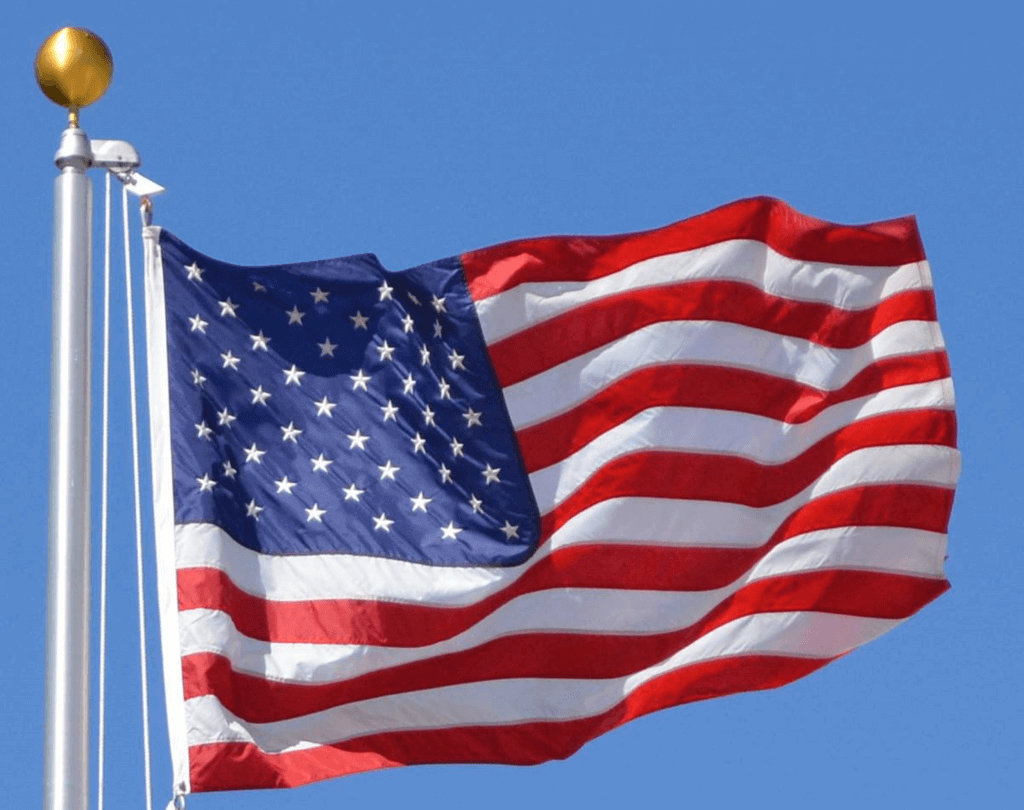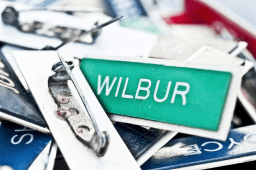National Anthem Day
National Anthem Day is observed next on Tuesday, March 3rd, 2026 (78 days from today).

National Anthem Day is annually celebrated on 3 March to praise highly in national anthem songs that represent their national identity. For America, that song is "The Star-Spangled Banner" and has a rich history to match the glitz and circumstance that any national anthem should be for the country it represents.
History of National Anthem Day
It was on the evening of September 13, 1812 when Francis Scott Key negotiated the release of Dr William Beans, a prisoner of war accused of distracting British troops. While the success of Key's negotiations, the British military would not allow him to disembark because they were afraid that he might reveal Brit's battle plans to American forces.
After, Key and Beans remained on board all night, they had witnessed the attack on Fort McHenry. Thinking the Americans had lost the battle, Key was amazed to see the American flag flying over Fort McHenry the next morning. The evening's events ended with the triumphant flying of the American flag which inspired Key to write a poem that eventually became "The Star-Spangled Banner," our national anthem.
In the early 1900s, a lot of different versions of “The Star-Spangled Banner” had appeared so President Woodrow Wilson asked the Bureau of Education to standardize it into an official version. The Bureau made a better decision that is to choose five musicians, including John Philip Sousa, for updating the song that was first performed on December 5, 1917.
As the result, on this day in 1931, President Herbert Hoover signed a congressional order into law making America's national anthem "The Star-Spangled Banner". National Anthem Day falls on March 3 every year commemorating the signing of the law.
Some things about National Anthem Day
Oh Say Can You See Can See Fort McHenry
The story behind “The Star Spangled Banner” is as moving as the song itself. While a lawyer, Key served in the Georgetown Light Field Artillery during the War of 1812. In 1814, his negotiating skills as a lawyer were called upon to release Dr. William Beane. , a prisoner aboard the British naval ship, the Tonnant. In early September, Key with Colonel John Skinner came to Baltimore to begin negotiations.
While Key and Skinner secured Beane's release, the British navy began attacking Baltimore. They had waited at sea to back to Georgetown.
Fort McHenry was built on a peninsula of the Patapsco River. Just across from the Northwest Branch is the city of Baltimore. In 1814, Baltimore's population was about 50,000, hardly the metropolis it is today. The country itself is still young, and often soldier families live nearby, supporting their soldiers.
The Rocket's Red Glare
Until September 13, the British Navy abandoned Baltimore and turned its attention to Fort. When 190-pound shells began to rock the fort, Mother Nature brought a storm of her own. . Thunder and rain hit the shore along with bombs and shells. Throughout the night, parents, wives, and children in their homes could hear and feel bombs exploding along the way. There are reports of explosions believed to be as far away as Philadelphia. It was a long night of fear, anxiety, and comfort for each other.
At sea, Key also had a similar night. A devout man who believed that war could be avoided, he witnessed bombs explode in the air over water and repeatedly crash into Fort McHenry.
In 25 hours, the star-shaped fortress, manned by about 1,000 American soldiers, received more than 1,500 cannonballs. The fortress answered itself with almost no effect.
Does that star banner have waves?
In the early morning of September 14, after Major George Armistead's troops halted the British landings in a flaming fire, the major ordered the oversized American flag to be raised above its glory over Fort McHenry. Sewn a few months ago by Mary Pickersgill and her daughter, the giant banner replaced the storm flag that had flown in battle.
As Key waits for dawn on the sea to clear and the smoke to clear, imagine the awe-inspiring sight in the stillness of the morning to see his country's flag unfold completely before the breaking of the day and the fortress stand firm.
The experience made Key so emotional that he immediately prepared to write the lyrics for a song that was later published by his brother-in-law as a poem titled "Defense of Fort M'Henry”.
How to celebrate National Anthem Day
1. Learn the lyrics
How much more fun it would be if sporting events you could sing along to, or at least lip-sync with, with your fellow Americans and you could be seen on TV or jumbotron; however, it's only appropriate for Americans know our National Anthem.
2. Visit the Star-Spangled Banner National Historic Trail
Connecting historic sites in Virginia, Maryland and the District of Columbia, this 560-mile trail takes you through land and water, documenting the pivotal events leading up to the Battle of Baltimore, Key's inspiration for the post. Our national anthem.
3. Display your star banner
If you haven't flown your American flag all year, take this opportunity to display it proudly and explain to your friends, family, and neighbors what this day means.
Observed
National Anthem Day has been observed annually on March 3rd.Dates
Sunday, March 3rd, 2024
Monday, March 3rd, 2025
Tuesday, March 3rd, 2026
Wednesday, March 3rd, 2027
Friday, March 3rd, 2028


